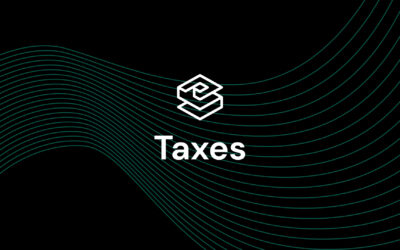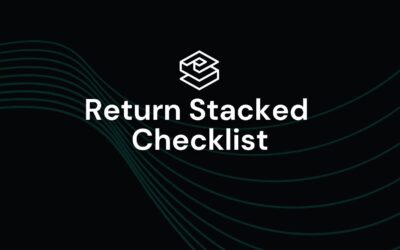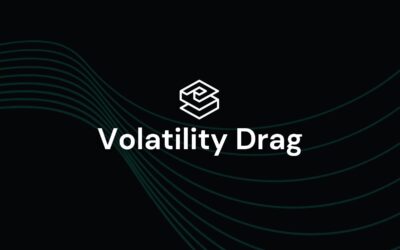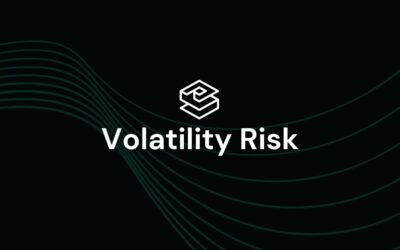This article explores a hypothetical example of a return stacked strategy and how the composition of the strategy can impact the after-tax returns of the portfolio.
Return Stacked® Portfolio Solutions
The Return Stacking Visualizer
To further develop the intuition behind return stacking and capital efficiency, we have developed interactive tools that allow investment professionals to get their hands dirty with the concept of return stacking.
The Glide Path Re-Imagined (Part 2)
Discover how glidepaths adapted to individuals combined with diversification and return stacking benefit result in retirement improvement.
Capital Market Assumptions when Return Stacking
Many financial plans are built off the backbone of capital market assumptions (“CMAs”). These forecasts of asset class expected returns, volatilities, and correlations are critical inputs to the portfolio construction process.
The Glide Path Re-Imagined (Part 1)
Given existing capital market assumptions (“CMAs”), how can we develop CMAs for return stacked portfolios?
The Return Stacking Checklist
We believe return stacking is a portfolio concept that can revolutionize the way you think about building portfolios. There are a number of things to consider, however, when building a return stacked portfolio. Which is why we built this checklist: to help get you started on your return stacking journey.
Return Stacking and Volatility Drag
A common critique against levered ETFs is that they are subject to volatility drag (sometimes referred to as variance drain). In this article, we briefly describe what volatility drag is, how it is magnified when leverage is applied, but how diversification can play an important role in reducing its impact.
Volatility is Bad for Your Wealth
In financial planning, it is common to perform monte-carlo simulations, where potential wealth paths are projected into the future. Evaluating the average wealth path, however, may be highly misleading for setting expectations.






